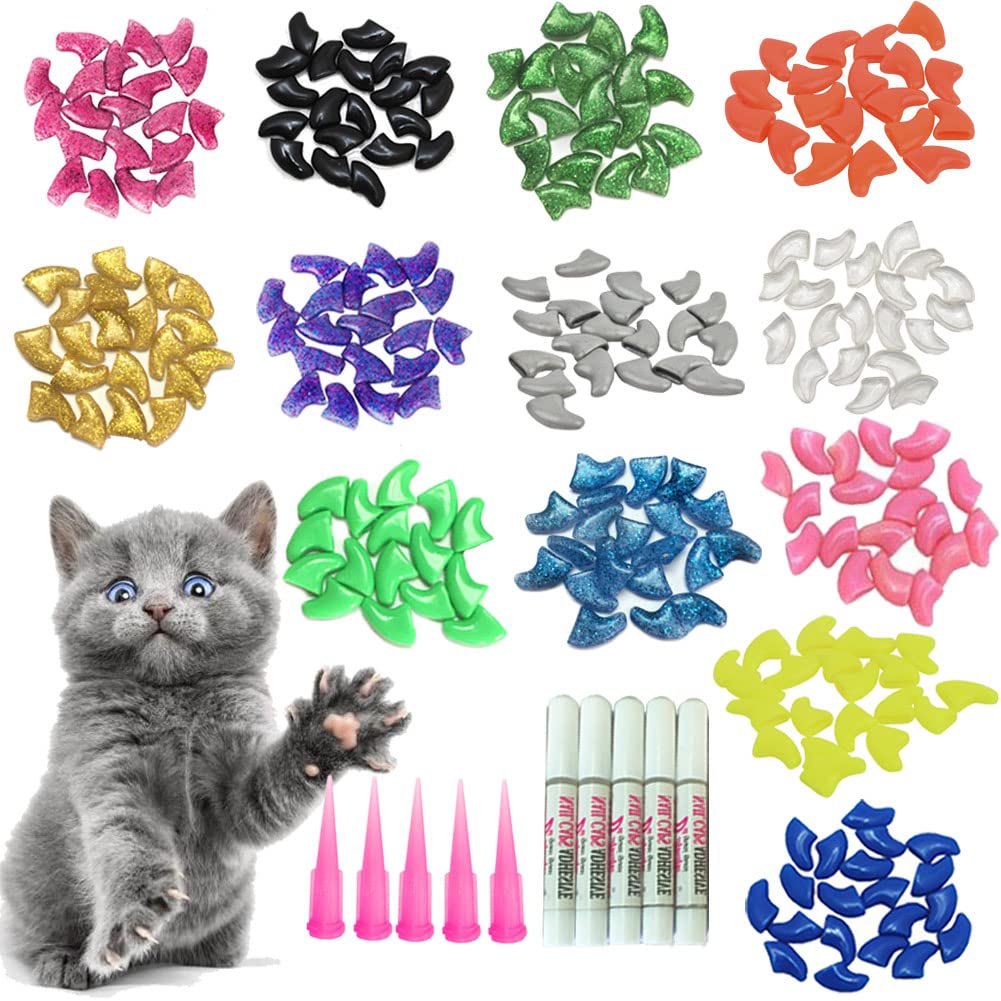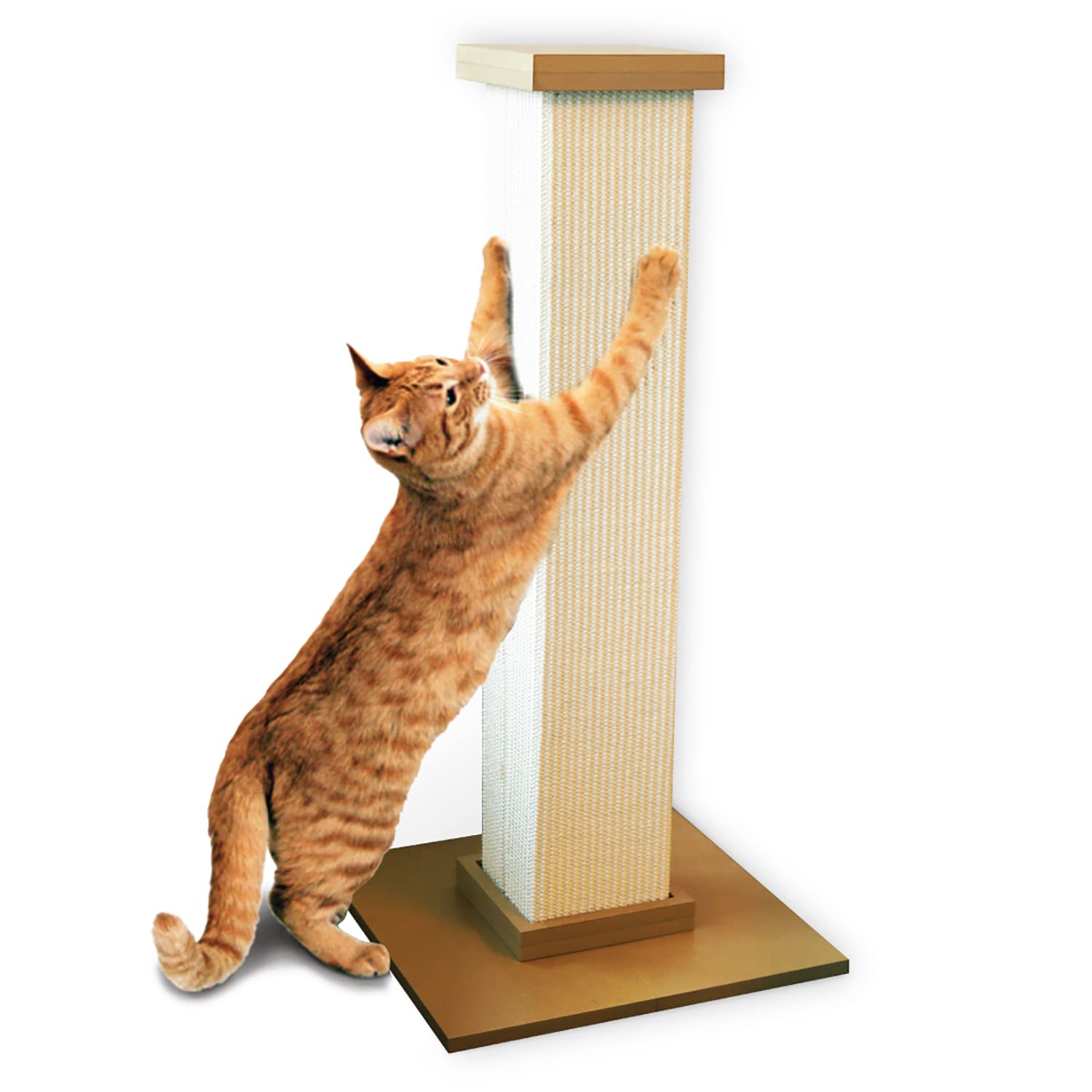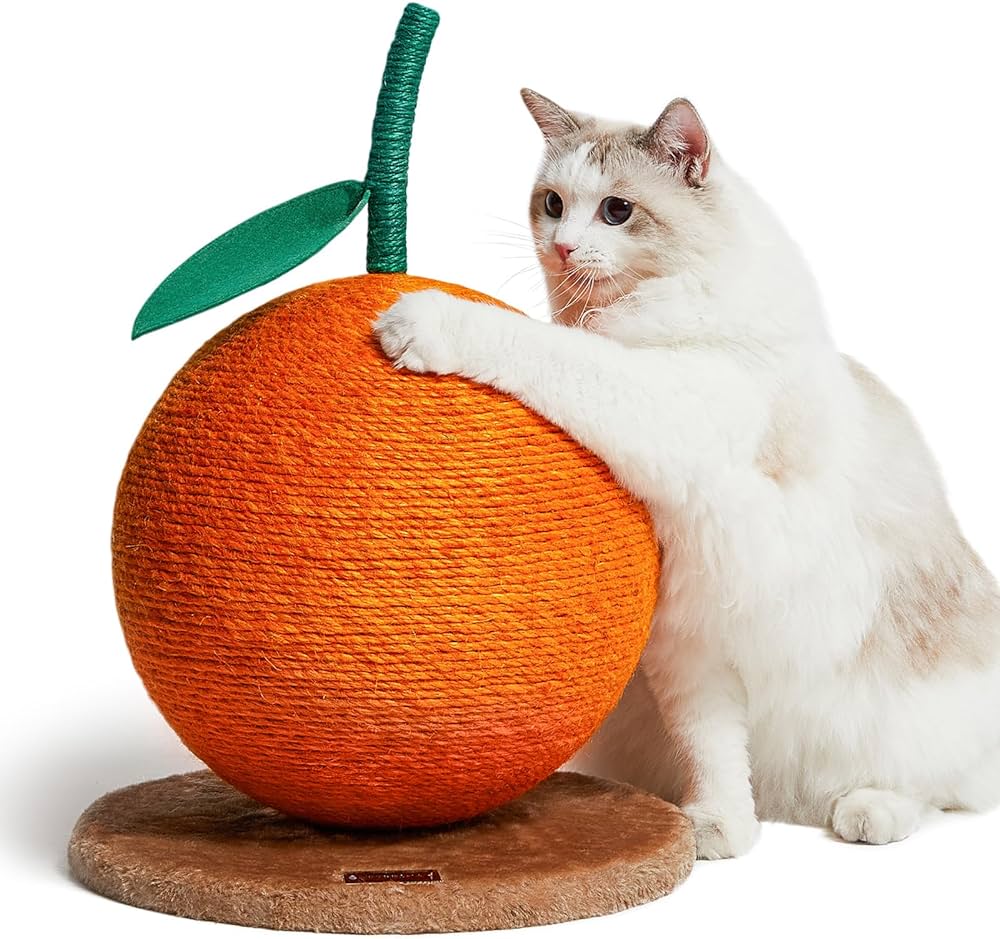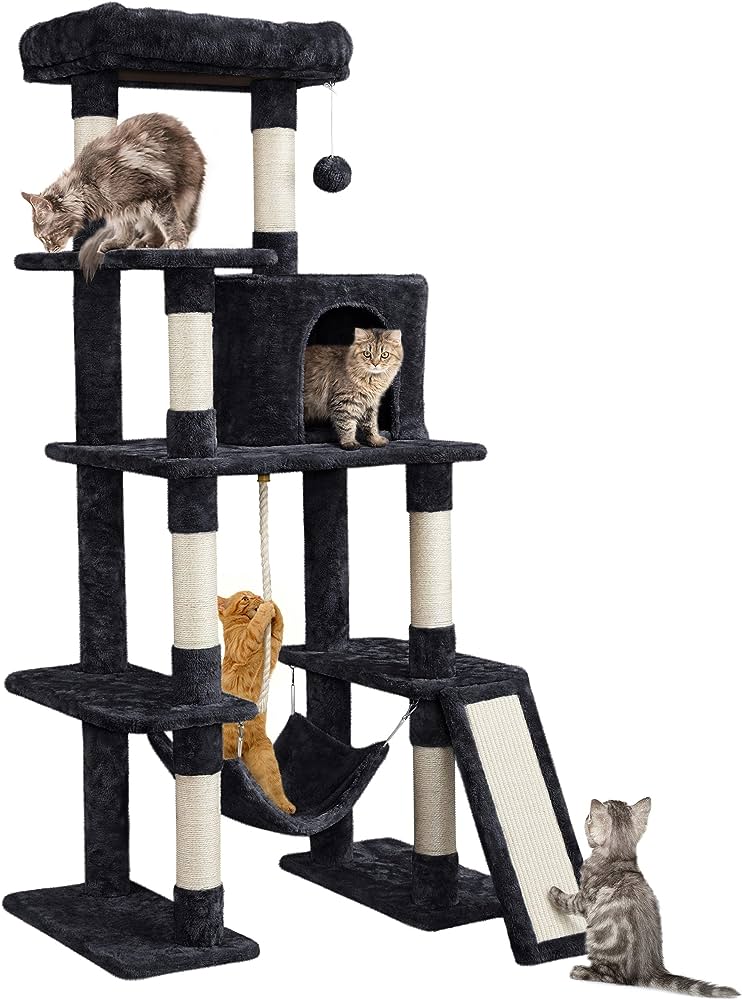To train a cat not to scratch, provide scratching posts and use deterrents on prohibited areas. Redirect their scratching behavior towards acceptable surfaces by praising and treating.
Cats naturally scratch to mark territory, stretch muscles, and maintain claw health. Training them requires patience, consistency, and understanding their instincts. As a pet owner, your goal isn’t to stop the scratching entirely but to guide it appropriately. Integrating scratching posts or pads into your home decor gives your cat an approved outlet.
Placing them near your cat’s favorite relaxation spots can encourage use. Whenever your cat uses the scratching post, positive reinforcement with treats and affection reinforces the behavior. For off-limits furniture, tactful placement of double-sided tape or protective coverings discourages unwanted scratching. Start training early for the best results, and always approach the process with a calm and positive attitude to foster trust and compliance from your feline friend.
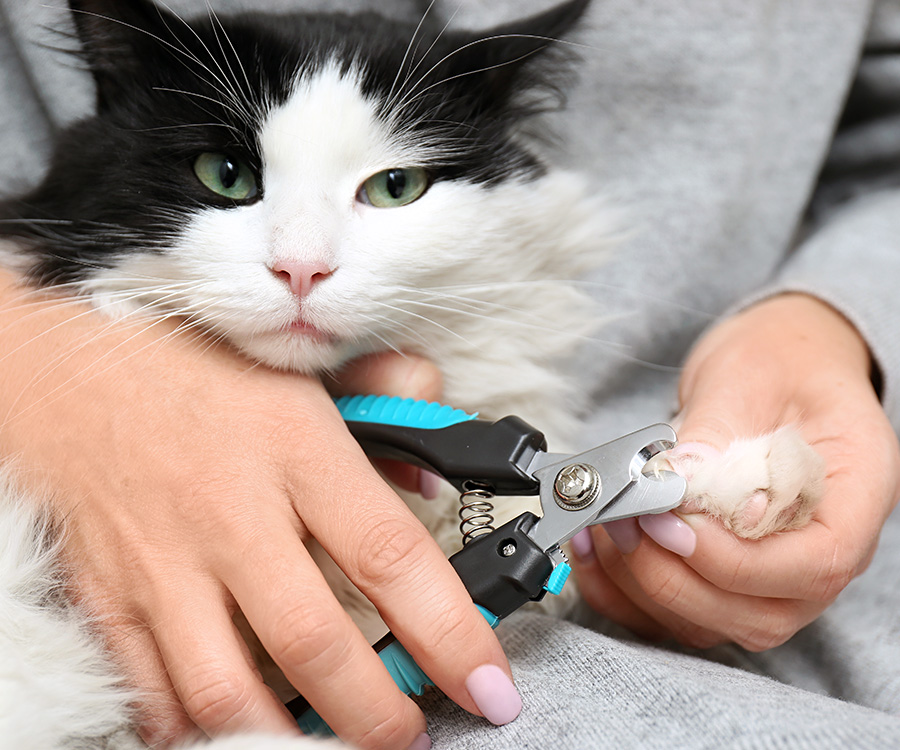
Credit: www.hartz.com
The Feline Urge To Scratch
Understanding ‘The Feline Urge to Scratch’ is key when training your cat. Scratching is not just a whim. It is a vital part of every cat’s life. Let’s explore why cats scratch and how it benefits them.
The Natural Instincts Behind Scratching
Cats have a deep-rooted instinct to scratch. It helps them to mark their territory. The scent glands on their paws leave their unique stamp. Scratching also keeps their claws sharp and ready for action. Imagine a set of knives; cats maintain them just by scratching!
- Marks territory
- Sharpens claws
- Stretches muscles
Scratching And Its Role In Cat Health
Health benefits from scratching are vast for cats. Imagine going to the gym. For cats, scratching is like a full-body workout. It stretches and strengthens their body. Their claws stay healthy when they shed old claw sheaths. Scratching also relieves stress. Think of it as a yoga session for your cat.
| Health Benefit | Description |
|---|---|
| Body Stretch | Cats get a full-body stretch, promoting flexibility. |
| Claw Maintenance | Old claw sheaths removed, new, sharp ones revealed. |
| Stress Relief | Acts as a stress reliever, keeps your cat calm. |
:strip_icc()/aggression-towards-people-551796-hero-71a0560401264e10ad8c87456712b888.jpg)
Credit: www.thesprucepets.com
Identifying The Scratching Triggers
Identifying the Scratching Triggers is crucial for taming your furball’s natural instinct to scratch. Understanding what pushes your cat’s paws towards furniture can make a world of difference. Let’s unravel these mysteries and provide a sane alternative to your sofa.
Stress Factors That Lead To Scratching
Cats often scratch to relieve stress. It’s like a workout for them. But what makes a cat anxious? Here’s a list:
- New family member: Humans or pets can unsettle your kitty.
- Loud noises: Thunder or construction bangs are scare triggers.
- Change of scenery: Moving houses disrupts their comfort zone.
- Irregular schedule: Cats prefer routine. Mess it up, hello scratches.
Objects And Textures That Attract Cats
Cats love specific objects and textures to scratch. It’s their way of saying, “This is mine!” Let’s peek at what grabs their attention:
| Object | Texture |
|---|---|
| Sofas | Fabric like tweed |
| Chairs | Leather or wood |
| Carpeted steps | Soft and springy |
| Scratch posts | Sisal or corrugated cardboard |
Identifying what your cat prefers can lead you to the perfect scratching post. Consider these triggers and offer a suitable scratch-friendly alternative.
Setting Up A Scratch-friendly Zone
Welcome to the ‘Setting Up a Scratch-Friendly Zone’, a key strategy in training your cat not to scratch unwanted areas. Cats have a natural urge to scratch, and providing a designated area can satisfy their instinctual needs. In this section, we’ll guide you on how to select a scratching post and effectively encourage its use.
Choosing The Right Scratching Post
Cats are finicky creatures, and their scratching posts should meet certain criteria:
- Material: Opt for materials that mimic tree bark, like sisal or carpet.
- Sturdiness: Ensure the post won’t tip over during use.
- Height: Cats love to stretch, so get a tall post or one they can climb.
- Shape: Provide a variety of shapes to keep your cat interested.
Placement And Encouragement For Use
Once you have the perfect scratching post, placement and encouragement are next:
| Placement Tips | Encouragement Tips |
|---|---|
| Place near your cat’s favorite lounging area. | Use catnip to attract your cat to the post. |
| Keep away from the quiet areas to avoid disuse. | Attach toys or dangle strings to engage your cat. |
| Set it by areas they frequently scratch. | Praise or treat them when they use the post. |
Consistent encouragement will help your cat understand the post is for them. With patience and positive reinforcement, your cat will adopt this new habit. Build a scratch-happy environment, and watch those curtains stay intact!
Behavioral Techniques For Scratch Training
Cats naturally scratch to keep their claws sharp, mark their territory, and stretch their bodies. Yet, when your favorite couch starts showing telltale signs of feline attention, it’s time to redirect this instinctive behavior. Below are effective behavioral techniques to train your cat not to scratch inappropriately.
Positive Reinforcement Strategies
Cats respond well to positive reinforcement – rewards for good behavior. To curb unwanted scratching, start by finding an acceptable outlet for your cat’s scratching, such as a scratching post or pad. Every time your cat uses it, offer a treat, affection, or verbal praise. Let the treats and cuddles flow to reinforce the behavior you want to see. An easy way to remember:
- See the cat scratching correctly? Reward immediately.
- Keep rewards consistent to cement the habit.
- Vary the rewards to sustain interest.
Redirecting Scratching Behavior
Scratching the wrong item? Time to redirect. Gently lift your cat and place her paws on an appropriate scratching surface. Do this with care and patience. Use toys or catnip to attract your cat to the new scratching location. Remember:
| Action | Response |
|---|---|
| Wrong Place | Redirect, don’t scold |
| Right Place | Praise and reward |
These techniques require consistency and patience. With time, your cat will learn the best places to scratch and leave your furniture in peace.
Protecting Your Furniture
Love your cat but dread the sight of a scratched-up sofa? Save your furniture from feline claws with the right training and tools. Your cat doesn’t scratch to upset you; it’s a natural behavior for marking territory and stretching. But with patience and persistence, you can steer them away from your beloved furniture.
Using Deterrents Effectively
A smart way to keep cats off your furniture is by using deterrents. These come in many forms, from sprays to tape, and they tell your cat, “This is not a place for scratching.” Here are some top tips:
- Double-sided Tape: Cats dislike sticky paws. Apply this on areas they often scratch.
- Citrus Sprays: Cats usually hate citrus smells. Spraying this can keep them at bay.
- Aluminum Foil: The texture and sound can be off-putting for feline friends.
Furniture Covers And Other Barriers
Barriers can protect your furniture and promote good scratching habits. Try these:
- Furniture Covers: Slip-on covers are great for keeping claws away from fabric.
- Scratching Posts: Place these near the furniture. They provide an excellent scratch alternative.
| Item | Use |
|---|---|
| Furniture Covers | Shield sofa and armchairs |
| Scratching Posts | Entice with catnip for more appeal |

Credit: www.amazon.com
Regular Claw Maintenance
Keeping your cat’s claws in good shape is key to preventing unwanted scratching. Regular trimming can reduce the risks to your furniture and skin. It’s a simple process once you and your pet get used to it.
How To Trim Your Cat’s Claws
Trimming your cat’s claws doesn’t have to be a battle. Start by getting your cat comfortable with their paws being touched. Gradually introduce a pair of cat nail clippers. Here’s a quick guide:
- Choose a quiet place and a comfortable time.
- Gently press their paw to reveal the claws.
- Clip only the white part, avoiding the pink ‘quick’.
- Reward your cat with their favorite treat.
Alternatives To Declawing
Declawing is an outdated and cruel practice. Luckily, there are humane alternatives:
- Nail caps offer a safe and painless option.
- Provide plenty of scratching posts for natural clawing behavior.
- Sticky tape on furniture deters scratching.
Frequency And Tools Needed For Trimming
Trim your cat’s claws every few weeks to maintain optimal length. Here are the tools you’ll need:
| Tool | Usage |
|---|---|
| Clippers or Scissors | Choose specialized cat nail clippers or small scissors. |
| Styptic Powder | In case you cut the quick, this stops the bleeding. |
| Paw Treats | Reward your cat after a successful trim. |
Frequently Asked Questions Of How Do You Train A Cat Not To Scratch?
Can Cat Scratching Behavior Be Trained Away?
Yes, cat scratching is a natural behavior but can be redirected. Providing scratching posts and pads, using positive reinforcement, and deterring scratching on unwanted areas are effective strategies. Consistency is key in training.
What Deters Cats From Scratching Furniture?
Double-sided tape, aluminum foil, or commercial anti-scratch sprays can deter cats. Also, covering favored furniture areas with a protective sheet or blanket helps. Offering an acceptable scratching alternative close by is crucial.
How To Reward A Cat For Not Scratching?
Reward your cat with treats, affection, or playtime immediately after using appropriate scratching surfaces. This reinforces good behavior. Consistent rewards help to establish preferable scratching habits.
Is Declawing A Solution To Prevent Scratching?
Declawing is not recommended as it can cause pain, behavioral issues, and other health problems. It’s a last resort and considered inhumane by many veterinarians and animal welfare organizations. Alternative solutions should be pursued.
Conclusion
Training your cat to refrain from scratching can transform your coexistence into a more harmonious one. With consistency, positive reinforcement, and alternative scratching options, success is within reach. Remember, patience is key. Start shaping your feline friend’s habits today for a happier, scratch-free home tomorrow.
